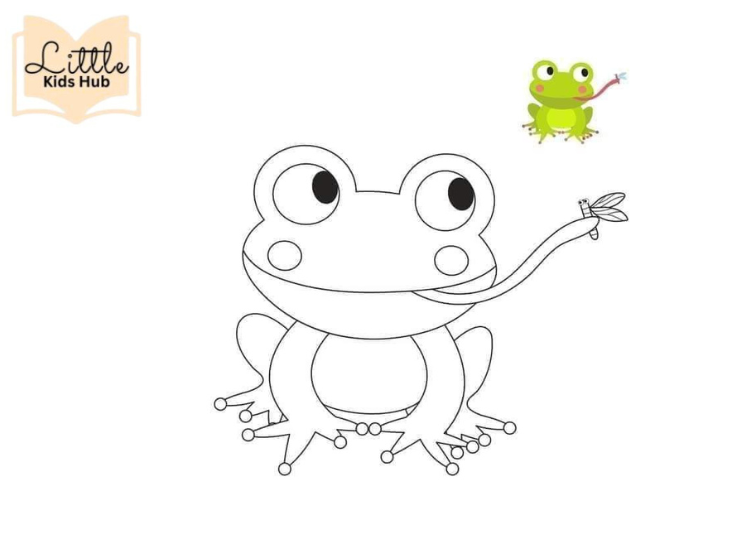Have you ever wondered why some colors seem to pop off the page while others fade into the background? This article dives into the importance of colors activity for Kids.
Colors and shadow activity for kid’s
Have you ever wondered why some colors seem to pop off the page while others fade into the background? This article dives into the importance of colors and shadow activity, specifically through the use of coloring pages. You’ll learn how shadows can add depth to your drawings and how different colors can evoke various feelings. Join us as we uncover tips and tricks that will elevate your coloring skills and make your creations truly stand out!
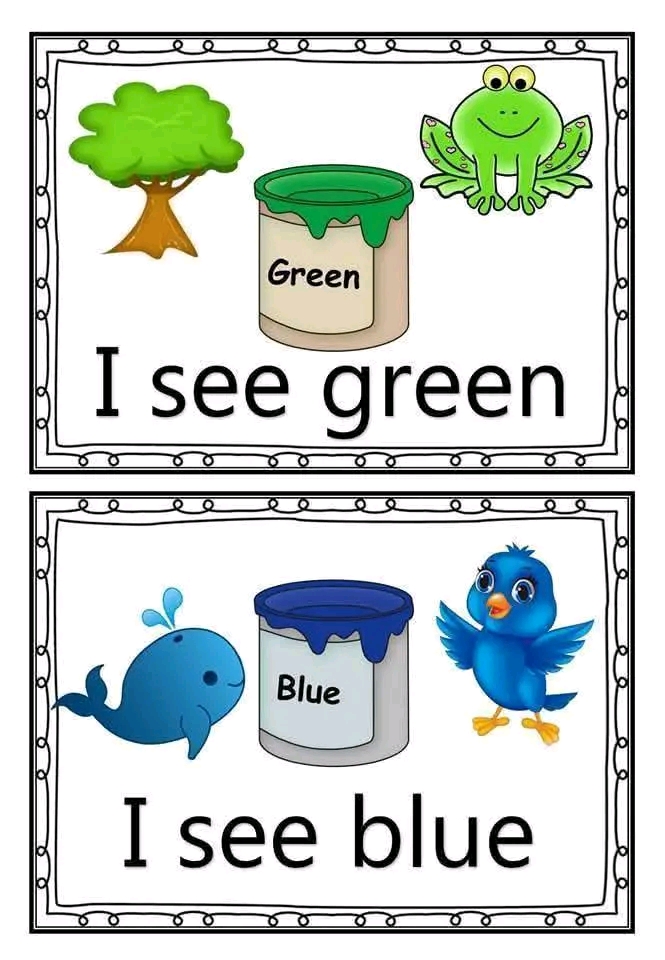
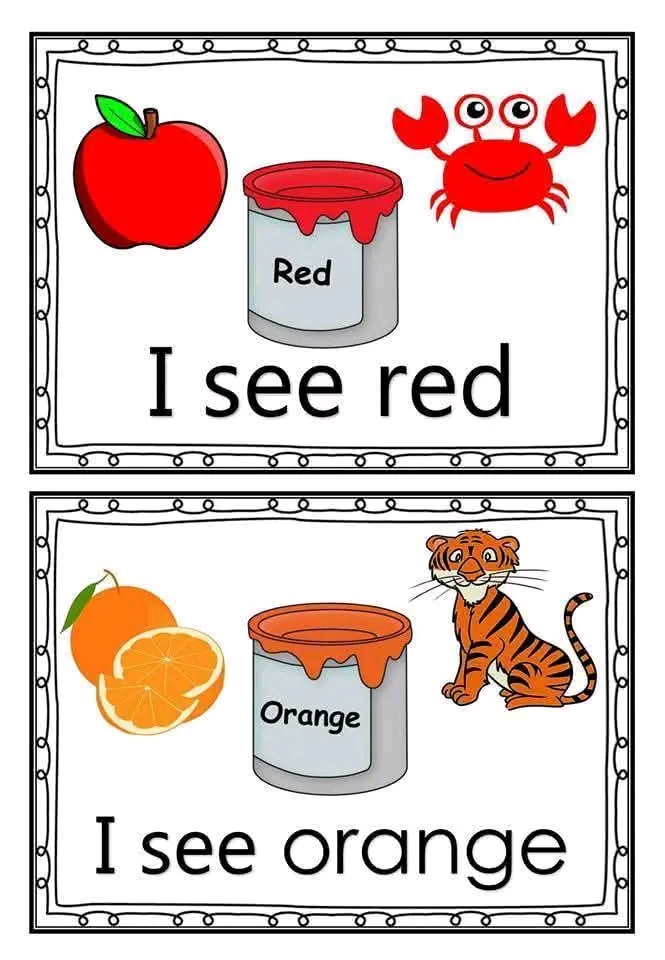

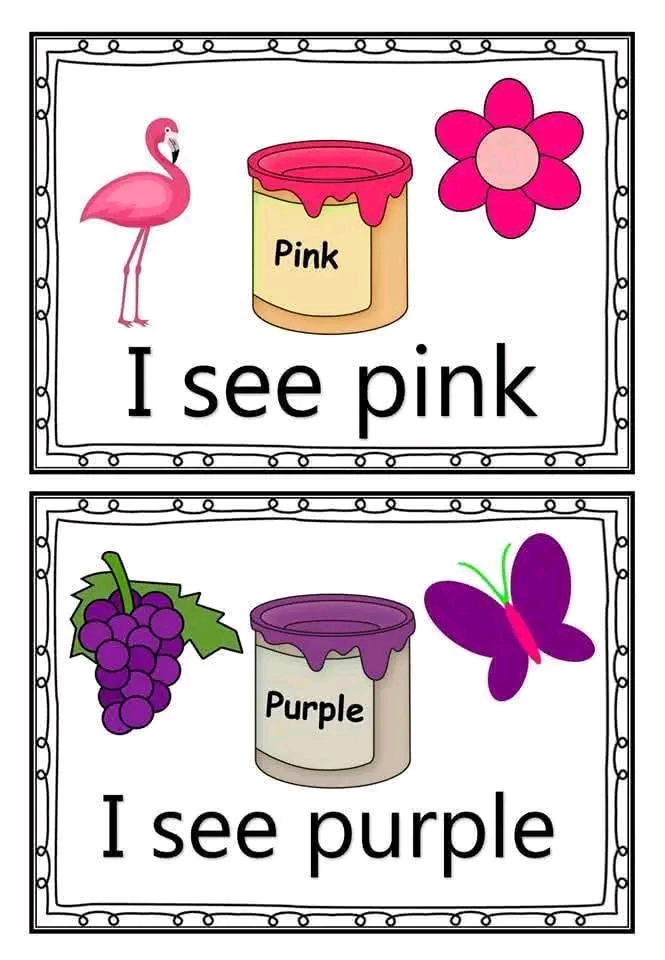
5 Creative Ways To Use Colors And Shadows In Home Décor
Incorporating colors and shadows into home décor can transform a space from ordinary to extraordinary. One innovative approach is using coloring pages as wall art. By selecting intricate designs, you can create a stunning gallery wall that reflects your personal style. Consider framing these pages in vibrant colors to enhance the visual impact, or leave them unframed for a more casual, artistic vibe. This not only adds character but also invites creativity into your home.
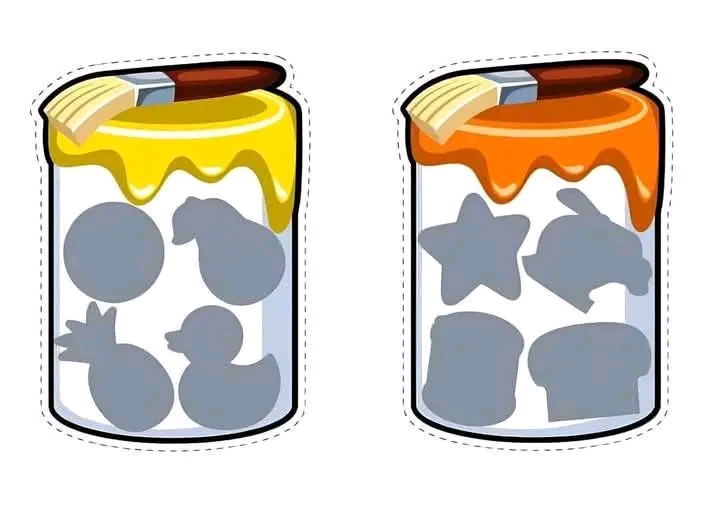

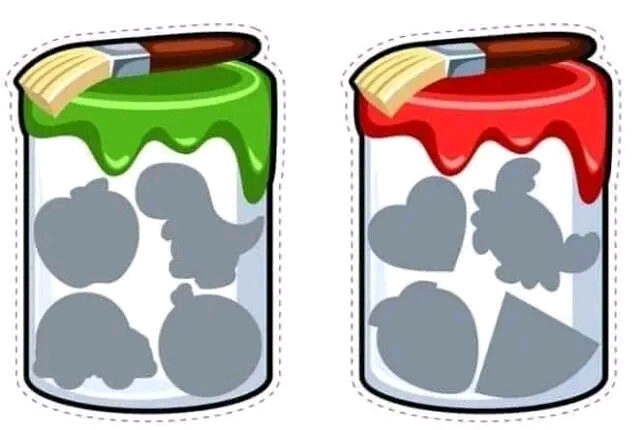
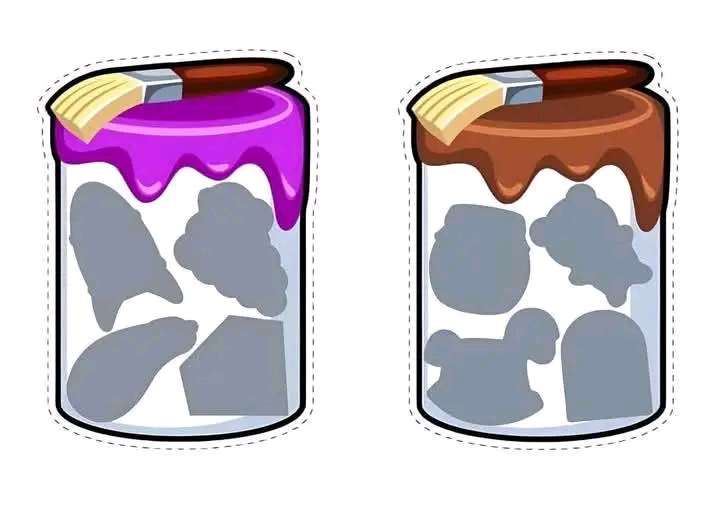
Another exciting way to play with shadows is through layered lighting. By using different light sources like table lamps, floor lamps, and wall sconces you can create depth and intrigue in any room. Experiment with colored bulbs or filters to cast unique hues across your walls, giving the illusion of textured surfaces. Additionally, consider painting your ceiling a darker shade than the walls; this creates a cozy cocoon effect while allowing shadows to dance around the room, adding warmth and dimension to your décor.
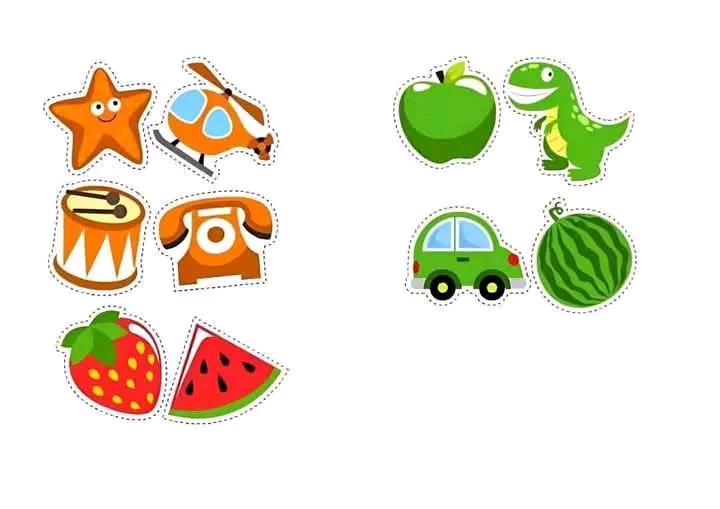
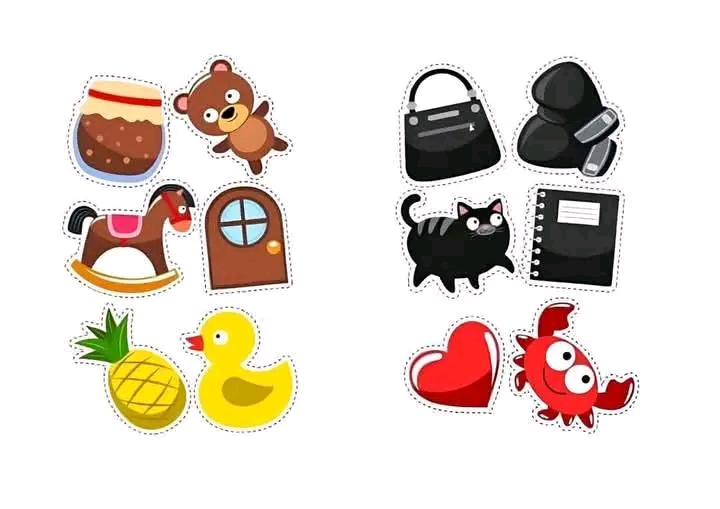
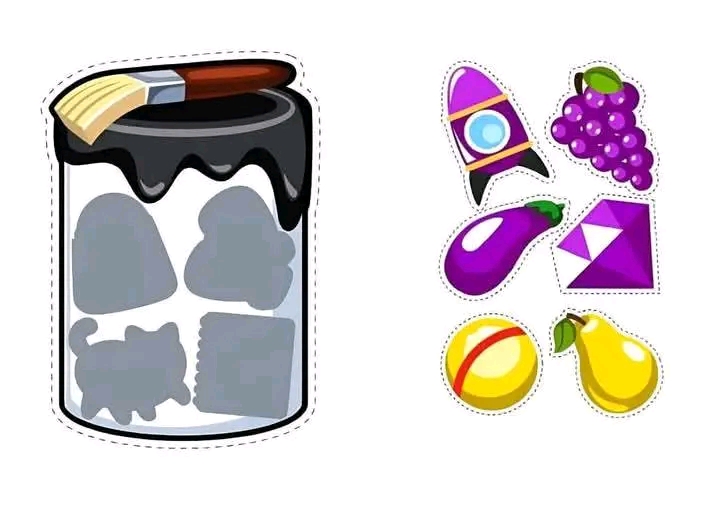

How To Trace And Color: A Beginner’s Guide To Artistic Expression
In this beginner’s guide to artistic expression, we will explore how these simple techniques can lay the foundation for kids learning art. By engaging in tracing and coloring, children not only develop fine motor skills but also discover the joy of creating something uniquely theirs. This article will provide step-by step instructions and tips to help young artists unleash their potential.



Trace and color activities offer a delightful intersection of fun and education for kids learning. As children trace letters, shapes, or images, they not only enhance their fine motor skills but also build confidence in their handwriting abilities. This hands on approach helps them connect with the material in a way that traditional methods often overlook. By engaging their senses through coloring, kids can explore their creativity while reinforcing their understanding of colors and patterns.



Moreover, incorporating trace and color exercises into daily routines can transform mundane learning into an exciting adventure. For instance, themed worksheets related to animals or seasons not only captivate young minds but also provide context for vocabulary building. As kids navigate their crayons or markers along dotted lines, they develop focus and concentration skills that are essential for future academic success. Ultimately, these simple yet impactful activities foster a love for learning that can last a lifetime.
Trace and Color Animals
Trace and color animals is more than just a fun activity for kids; it’s a powerful learning tool that nurtures creativity and fine motor skills. As children trace the outlines of various animals, they develop hand-eye coordination, which is essential for writing and drawing later on. The vibrant colors they choose not only bring these creatures to life but also help them learn about color recognition and the natural world.



Engaging in this activity allows kids to explore their imagination while also sparking curiosity about different species. For instance, while tracing a lion, they might learn interesting facts about its habitat or diet, connecting art with education seamlessly. This blend of creativity and knowledge makes tracing and coloring a delightful way to promote learning in young minds, fostering a love for both art and nature. Through each stroke of the crayon, kids are not just filling in colors; they’re also building a foundation for lifelong learning.

